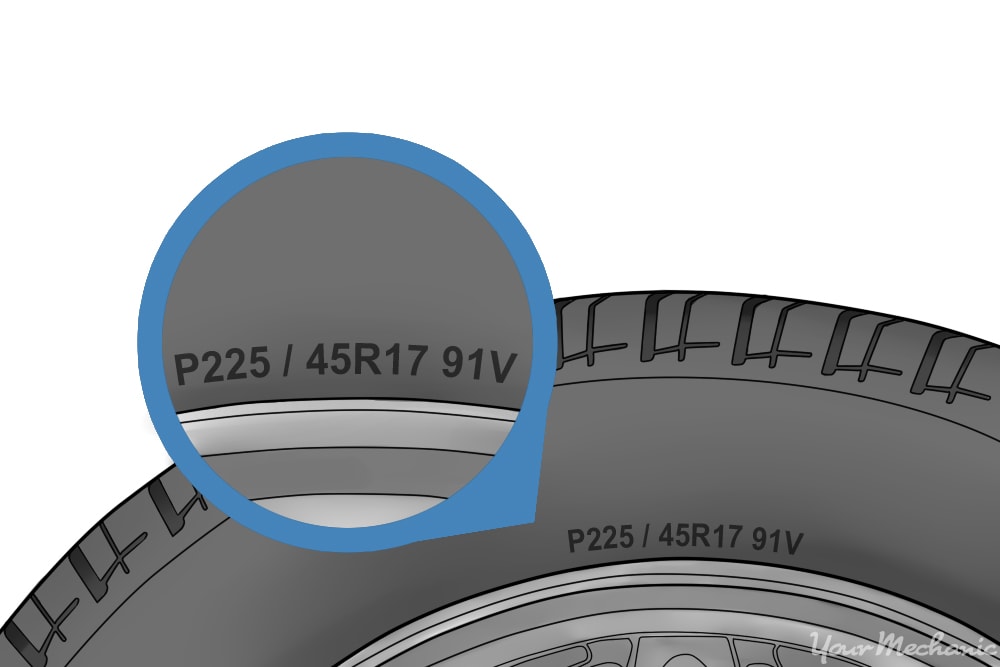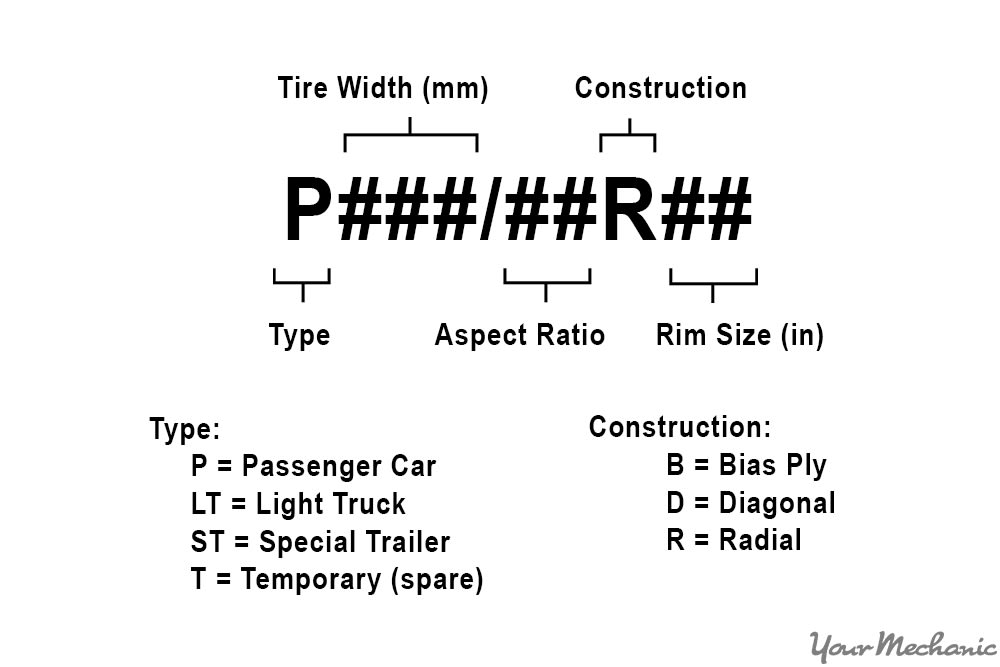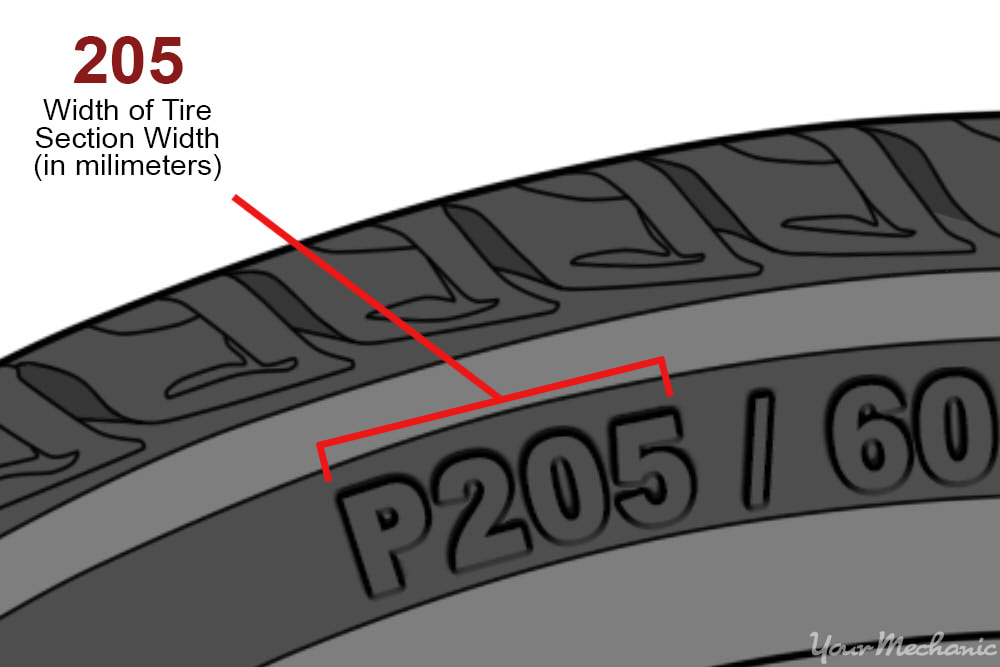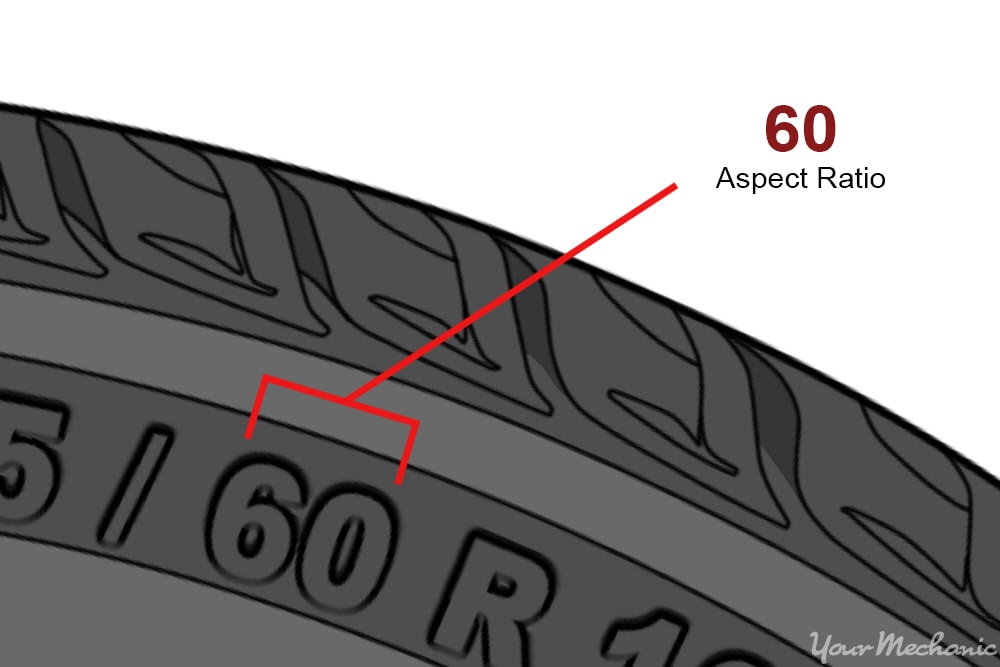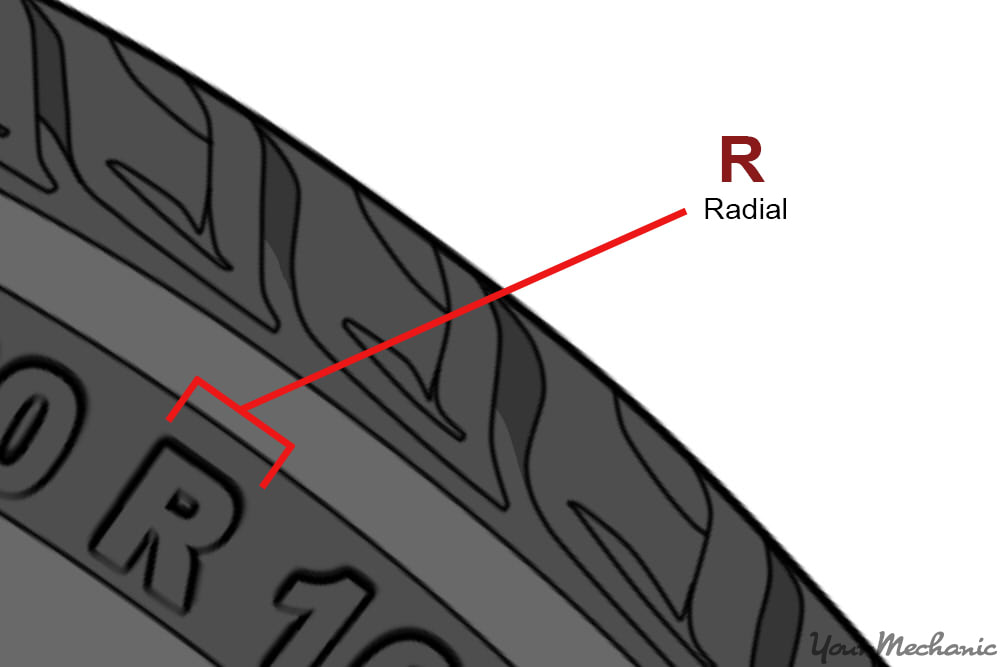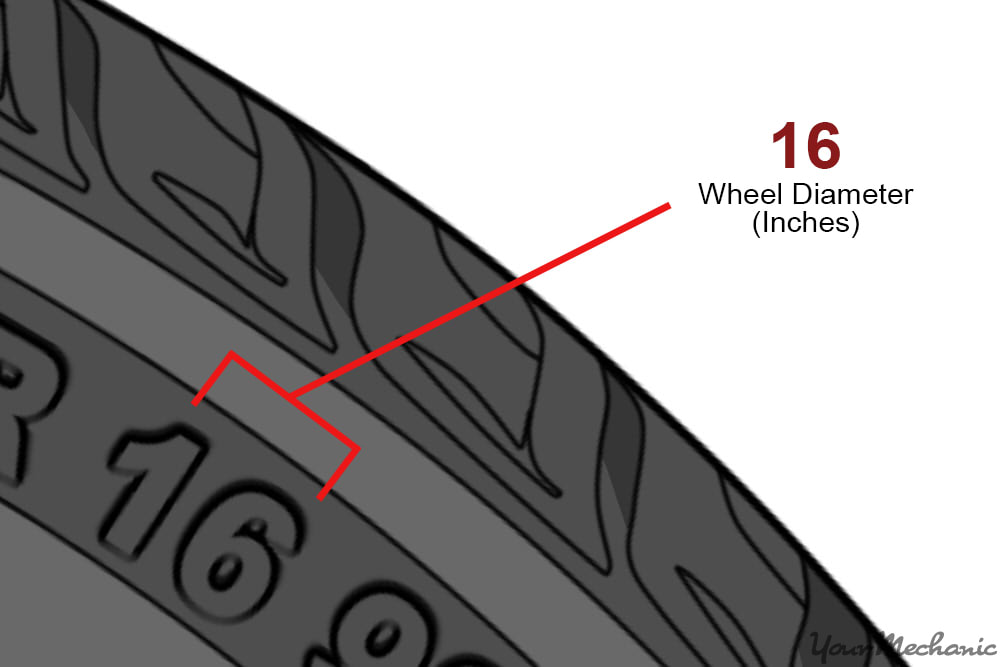

Before you purchase a new tire for your vehicle, you need to know what size it is along with other specifications, such as tire service type and construction. If you don’t purchase a tire designed to work with your car, or one that is not the same size as the other tires, you’ll have problems with steering and lose efficiency and performance. Use this guide to understand what all of the numbers and letters on the sidewall of your tire mean.
Part 1 of 4: Determine the service type
The “service type” tells you what type of vehicle the tire is manufactured for. For example, some tires are designed for passenger cars, while others are designed for larger trucks. The service type is indicated by the preceding letter on the tire size and is marked on the tire’s sidewall.
While the service type isn’t a measurement, it does help with finding the correct tire size for your car. There are differences that are tied to service type, such as the tread depth and how many plies are used to manufacture the tire, but these numbers aren’t used in determining the overall tire size.
Step 1: Locate the group of numbers on the side of your tire. The group of numbers is the tire size, indicated in a format such as “P215/55R16.”
Step 2: Determine the preceding letter on the tire size. In this example, the “P” is the service type indicator.
The letter tells you what category of vehicle the tire is designed for. Here are the possible letters that you will see for the tire service type:
- P is for a passenger car
- C is for a commercial vehicle
- LT is for light truck
T is for a temporary tire or spare tire
Note: Some tires don’t come with a service type letter. If there isn’t a service type letter, this indicates that the tire is “Metric” size. You will most typically see this type of tire for European cars.
Part 2 of 4: Locate the tire section width
The section width is the number that comes immediately after the service type in a three-digit number. The section width indicates the tire’s overall width when it is mounted on a properly-sized wheel. It is measured by the widest point of the inner sidewall to the widest part of the outer sidewall. Wider tires will generally give more traction for the vehicle, but can be heavier and cause more fuel consumption.
Step 1: Read the first set of numbers after the letter. It will be three digits and is a measure of your tire’s width in millimeters.
For example, if the tire size is P215/55R16, the section width of the tire is 215 millimeters.
Part 3 of 4: Determine the tire’s aspect ratio and sidewall height
The aspect ratio is the height of the inflated tire sidewall in relation to the section width. It is measured as a percentage. A higher number for the aspect ratio indicates a taller sidewall. A tire with a higher aspect ratio, such as “70,” provides a more cushioned ride and less road noise while a lower aspect ratio provides improved handling and cornering.
Step 1: Find the aspect ratio. It is the two-digit number immediately after the slash, following the section width.
Step 2: Calculate sidewall height. If you want to obtain a sidewall height measurement in millimeters, multiply the section width by the aspect ratio number, then divide it by 100.
For example, let’s use a tire with the size P215/55R16. Multiply 215 (the section width) by 55 (the aspect ratio). The answer is 11,825.
Divide that number by 100 because aspect ratio is a percentage, and your sidewall height is 118.25mm.
Step 3: Find the next letter right after the second set of numbers. This describes how the layers on the tire are constructed but is not indicative of the tire’s size.
The large majority of passenger cars today will have an “R” for this section, which means it is a radial tire.
The other type of tire construction, bias ply, is outdated and generally shows excessive wear and higher fuel consumption.
Part 4 of 4: Determine the tire and wheel diameter
One of the most important numbers on your tire is the diameter. The tire you choose must be able to fit onto the bead of your car’s rim. If the bead on the tire is too small, you won’t be able to mount the tire onto the rim and have it sealed. If the tire’s inside diameter is too large, it won’t sit against the rim to seal and you won’t be able to inflate it.
Step 1: Find the number after the aspect ratio. To find the tire and wheel diameter, look at the last number in the size sequence.
It is typically a two-digit number but some larger sizes may include a decimal spot, such as “21.5.”
This number will let you know what tire size will be needed to match the wheels on the car.
The tire and wheel diameter is measured in inches.
For example in P215/55R16, the tire and wheel diameter is 16 inches.
By choosing the correct tires, you can modify your driving experience. Replacing your tire with one that has the right specifications is important if you want to ensure fit, performance, and safety.
Sometimes, excessive wear on one tire can be an indicator of another problem with another one of the car’s systems, such as a problem with the brakes or suspension system. If you want to check your systems before replacing your tire, a certified mechanic from YourMechanic can inspect your car’s excessive wear issue to make sure that all other systems are working properly before making a replacement.



